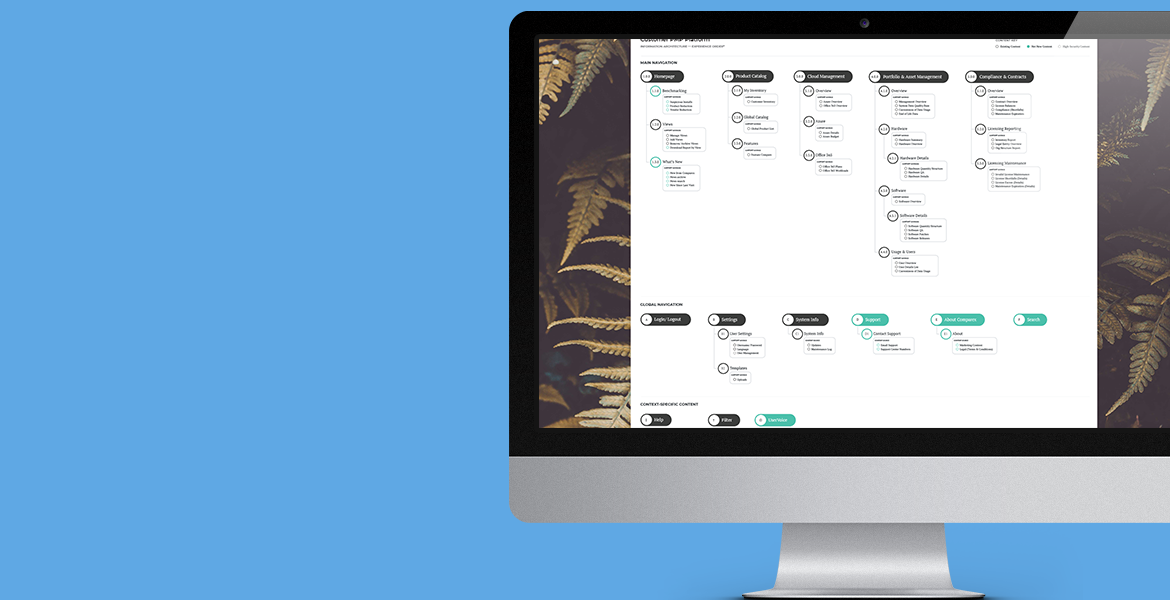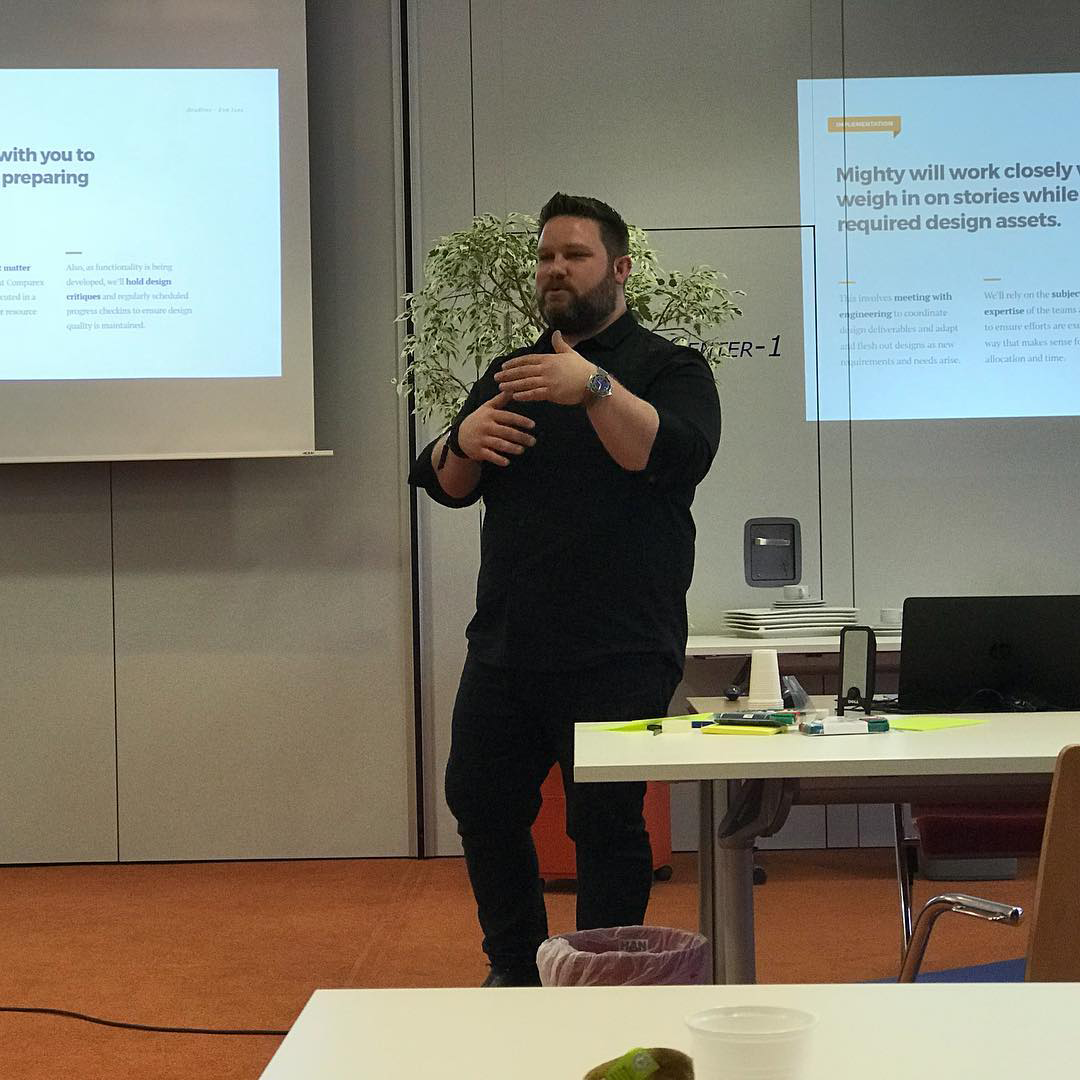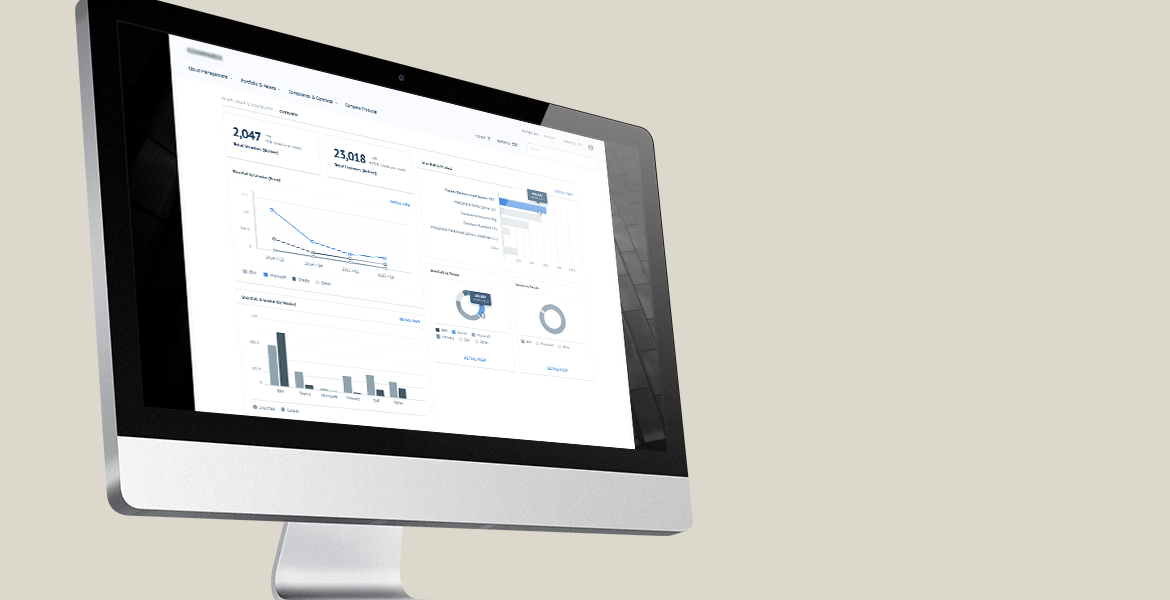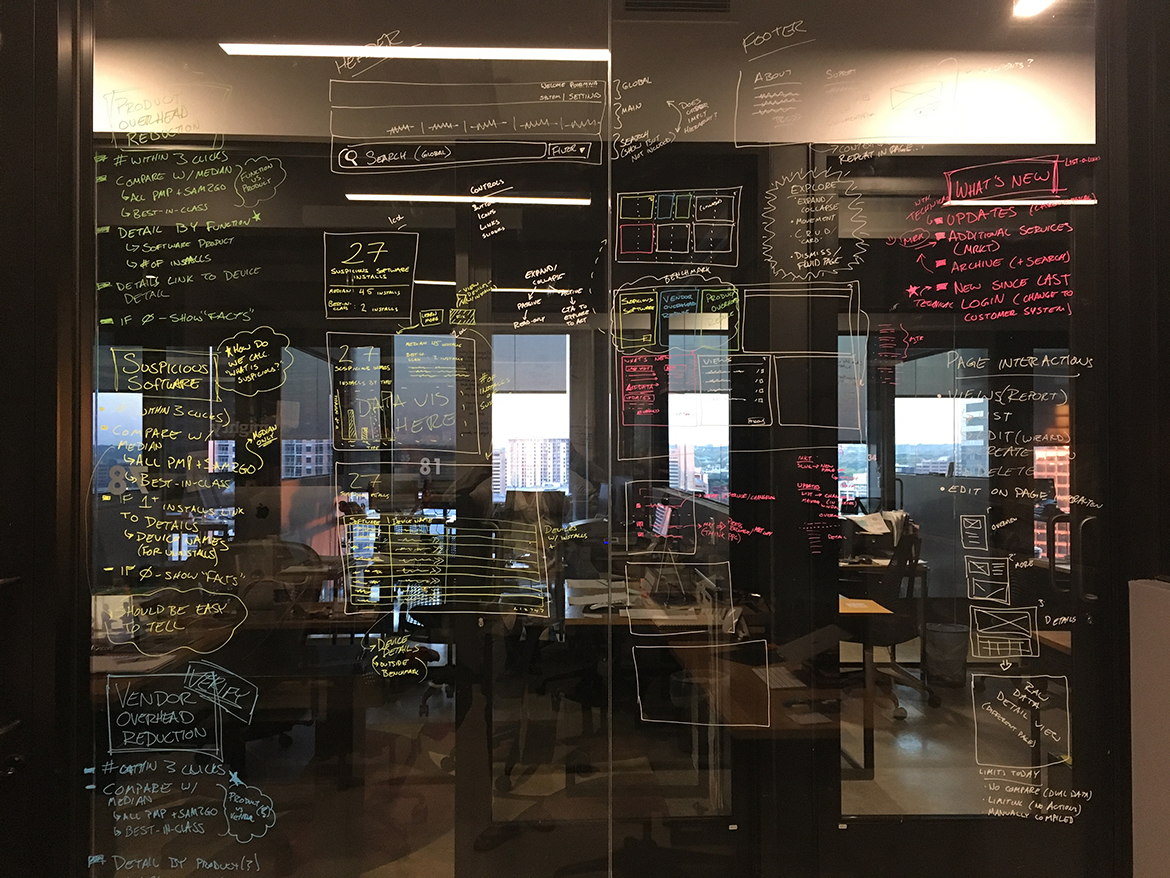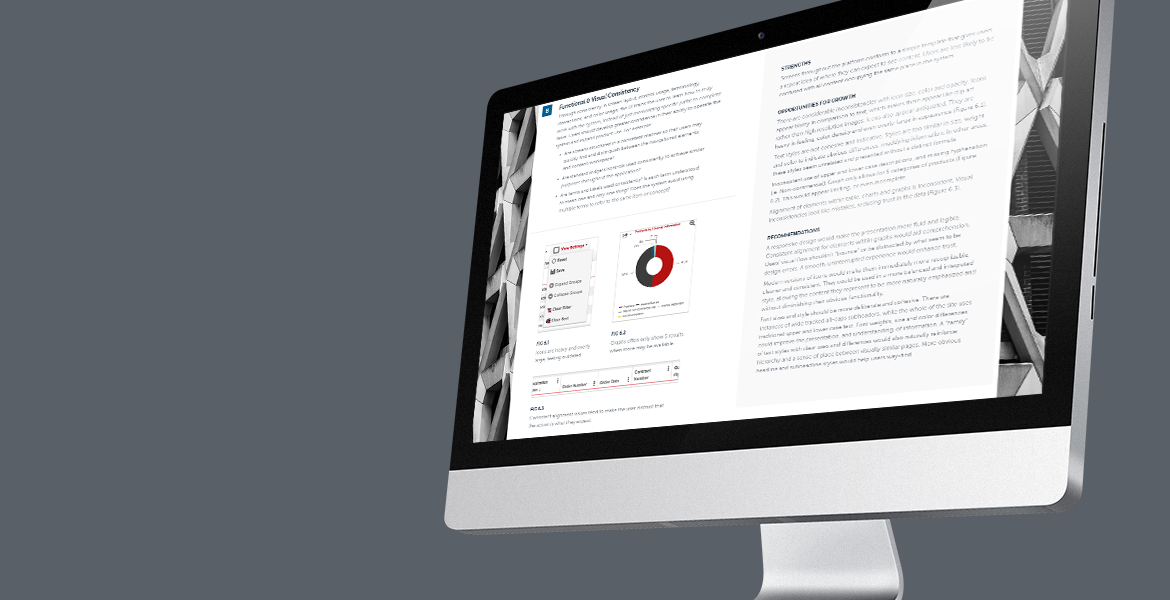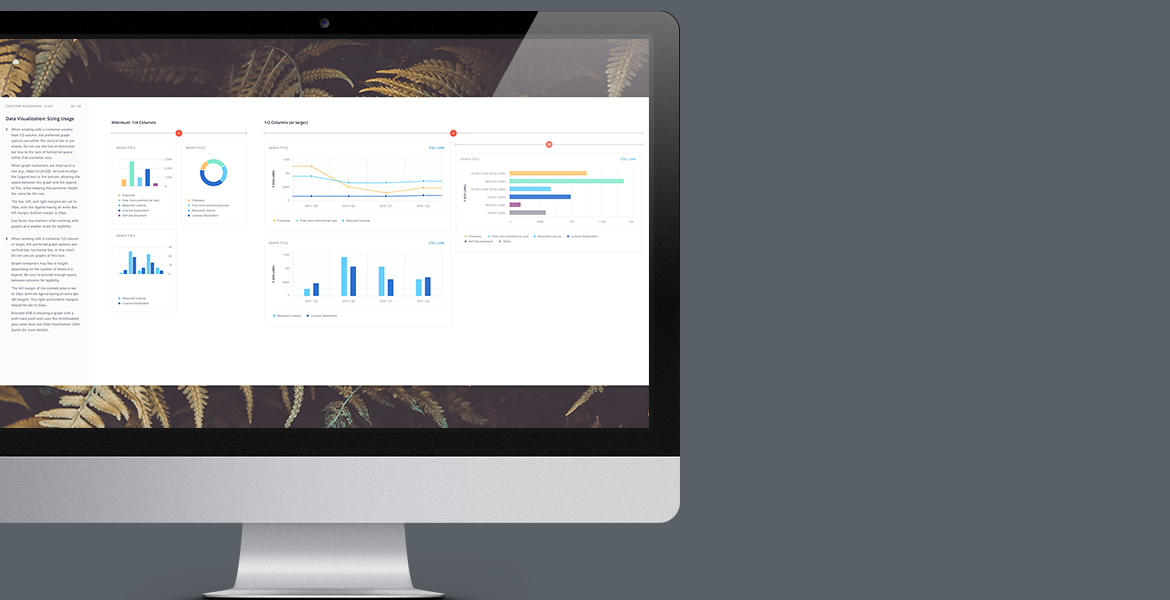Project details
Client
Comparex
Creative
William Yarbrough
Category
Enterprise Software
A world leader in IT infrastructure management and services based in Germany needed a redesign to update the entirety of their Portfolio Management tool for IT managers.
The team had recently shifted their development methods and were uncertain how best to integrate design thinking into their new process. We performed a heuristic evaluation of the current product offering, testing the application against common best-practice methods in software.
In parallel to the application redesign, we began to interview current customers and users on their habits and frustrations with the existing platform. This presented a challenge as we interviewed multiple customers worldwide from Europe, Asia, and North America–tackling hurdles in language and time zones to illuminate user workflows in the product.
Our findings were quickly translated into product development. Recommendations were made to improve users’ cognitive load of the overall IT infrastructure and to separate out different product features relating to individual user’s purviews–rather than simply grouping functionality under a single banner.
We aligned the team by presenting findings from in-depth stakeholder interviews, sharing the frustrations, concerns, and excitements with the project team at large to show the diverse metrics for project success.
In the existing product, new features had been appended to older high-level navigation, causing the application to be too deep and siloing functionality. Instead, we let users dive into data behind higher-level visualizations quickly. This also allowed multiple “overview” pages for “health-check” browsing by executives or those users who didn’t need to interact with the raw data. We also put new benchmark features on the home dashboard to jumpstart the push into business intelligence.
Data was not just presented in uniform charts and graphs. Instead, points of comparison were created to ensure users could easily visualize the health of their system against other customers who were best-in-class among the clients’ 25,000 total customers. These comparisons were accompanied by actionable measures to improve IT infrastructure and budget. The prototype was iterated upon continuously with stakeholders and developers–with special attention paid to the benchmarking intelligence for users.
The prototype was tested with users to make sure that changes in the designs and content strategy made sense for their use of the application. Feedback was overwhelmingly positive, with users finding the changes very accessible and easier to navigate overall. Surfaced recommendations were much appreciated, validating the product owner’s assumptions around moving PMP toward a recommendation service to better facilitate users.

